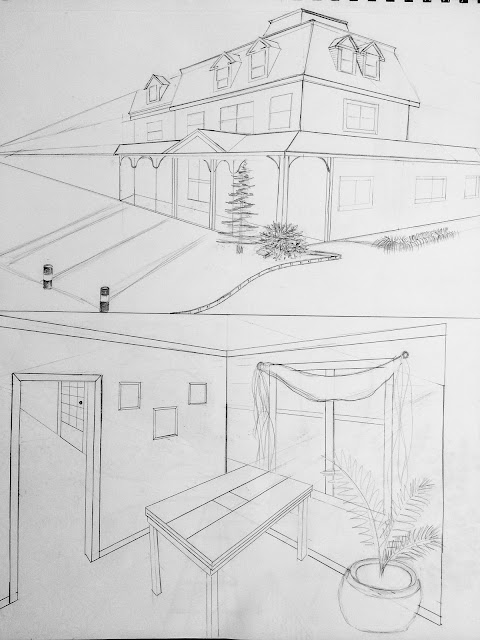Assignment: Draw 3 self portraits. One self-portrait would be a standard self portrait. Let one self portrait be you making a funny, angry, or silly face. And let your last self portrait be something you think is really interesting.
I started out with 4B graphite pencil and finished with compressed charcoal. My family thinks that I look pretier than the drawing - ha ha ha. This is my first self portrait (the one I have truly put effort into it). Overall I am satisfied with the result. I am looking forward to the next two!
I have chosen a different approach for the remaining two portraits. I have used 4B and HB graphite pencils. I have learned that portraits are not so scary matter, and with practice thing get better. I have had a difficult time with drawing humans but getting better now, and I actually enjoyed it. The hardest part was getting the dimensions right. Shading has been mastered with previous assignments, and I did not find it so challenging like glass (or transparent objects).





























